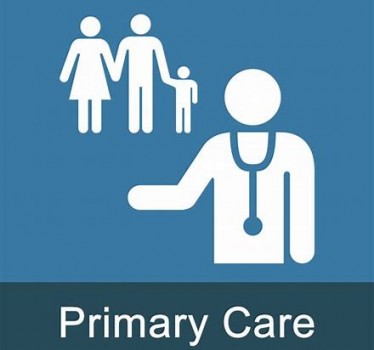You are looking at an archived version of our site. Please visit thepcc.org for a fresh, new experience!
You are here: Array » Payment Designed for P ...
Payment Designed for People: Introducing the Primary Care Outcomes Model
Alternative payment models (APMs) are the primary strategy of Medicare and payers to bend the cost curve. Early data suggests that these models can reduce costs; participation in the Alternative Quality Contract or Medicare Accountable Care Organizations (ACOs) has been associated with improved health care utilization and lower health care spending.
However, both the Alternative Quality Contract and ACOs have produced only modest reductions in cost. In a health system where as much as 30% of spending is wasteful, why have they not saved more money? These models fall short on leveraging behavioral economics to maximize the impact of incentive dollars on physician change. They offer relatively small rewards with delay and uncertainty while being complicated by too many metrics. Though APMs may bring meaningful improvements to the status quo, it is possible to do better.
In the first years of the ACO program, savings were greatest among independent primary care groups. Drawing on our experience in using behavioral economics principles to motivate change among independent physician practices and our experience navigating over a dozen commercial and Medicare APMs, we worked with a payer to co-design a model primary care reimbursement plan. This plan, referred to as the Primary Care Outcomes Model, better aligns incentives for PCPs and can maximize gains in achieving the Triple Aim.
Recent News
August 16, 2024
August 12, 2024
July 16, 2024
May webinar highlights: “The Commercial Market: Alternative Payment Models for Primary Care” Nate Murray explains w… https://t.co/KX9Wi2w6oY —
2 years 6 months ago
@CMSinnovates’ primary care strategy is rooted in a 2021 @theNASEM’s report which called #primarycare “foundational… https://t.co/glbPxvCysg —
2 years 6 months ago
@CMSinnovates has a new #primarycare strategy, envisioning “ACO-based primary care model tests that may focus on pr… https://t.co/aJGF1z411l —
2 years 6 months ago
- Page 1
- ››
Secondary menu
Copyright © 2024 Primary Care Collaborative




